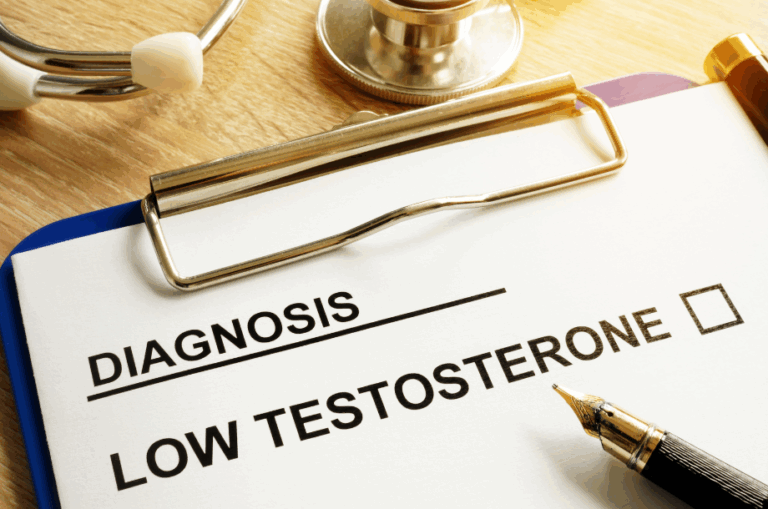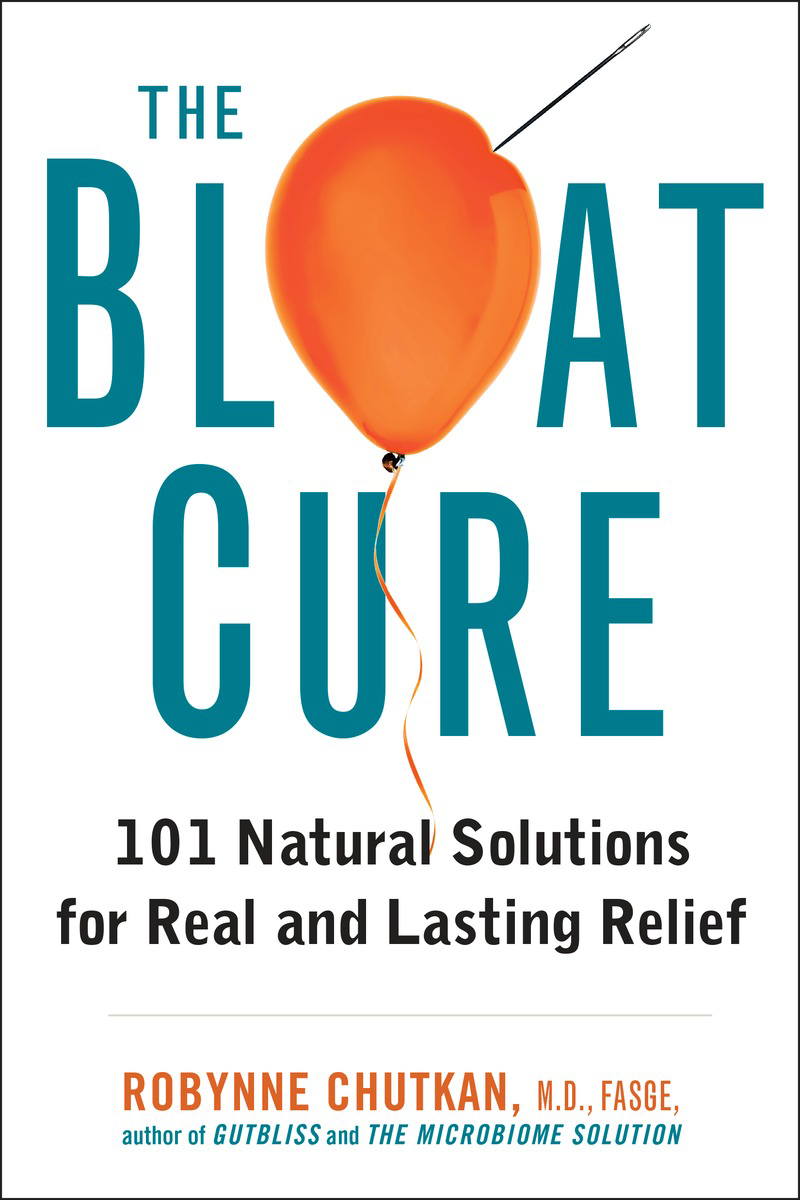Could probiotics be a lot of wishful thinking? Extensive reviews of the existing probiotic literature show that probiotics are really effective for just three conditions – infectious diarrhea, post-antibiotic diarrhea in children, and a rare gastrointestinal disease called necrotizing enterocolitis. In addition, studies show probiotics may be ineffective in altering gut bacteria composition or diversity long-term. Nutrition
→Takeaway: Does this mean probiotic supplements are completely useless? Not necessarily. What it does mean is that a lot more research and regulation is needed. Your basic probiotic from the drug store is unregulated and oftentimes doesn’t contain what it says it does. In addition, more research is needed to identify specific strains and doses per condition. This will take some time. Lastly, lots of studies don’t take into account what the study subjects are eating. While taking a probiotic supplement, it’s paramount that you also eat foods high in indigestible plant fiber to feed the beneficial probiotic bacteria. While we do recommend probiotic supplements for a select group of conditions, at Gutbliss we recommend focusing on a diet rich in fermented foods and indigestible plant fiber to grow a good gut garden!








